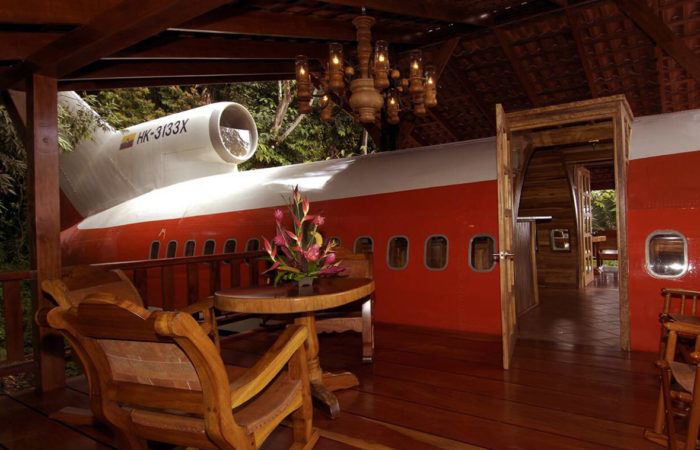Researchers at Penn State studying declining populations of sundial lupines in the eastern part of the United States are closer to determining how the plant's genetics could be used to inform reseeding strategies to help with conservation efforts of the blue flowering plant.
In a study published in the Annals of Botany Plants, the researchers reported that they found low genetic diversity within most lupine populations they tested, but no evidence of inbreeding. Despite low genetic diversity, the team found significant genetic differentiation between the different sundial lupine populations. In this context, diversity refers to genetic composition variety of one population, while genetic differentiation refers to how two populations differ from one another.
The team - Isabella R. Petitta, who earned her master's degree from Penn State's intercollege ecology graduate program earlier this year; Margarita M. López-Uribe, associate professor of entomology in the Penn State College of Agricultural Sciences; and Autumn Sabo, assistant professor of biology at Penn State Beaver - theorized that carefully introducing seeds from areas with substantial populations into areas with declining lupines could help conservation efforts.
Their work builds on previous research conducted by Petitta, who was a U.S. National Science Foundation Graduate Research Fellow, about the management of forest edge habitats to maintain native plant species like the sundial lupine.
The researchers measured genetic diversity, inbreeding and population structure in 25 populations of sundial lupine across 11 states by collecting samples in Pennsylvania and Virginia and utilizing a network of volunteer botanists and ecologists to collect plants and send samples from other states.
"We had a lot of help," Sabo said.
Losing a species
The sundial lupine is designated as a species of conservation concern, which means there is substantial concern about its ability to survive long term. The effect of losing a particular species, like the lupine, can have serious ramifications.
"Every time we lose a species, millions of years of evolution disappear," López-Uribe said. "You lose both the function and the inherent value of a species."
Sundial lupine are a legume, which means they can transform atmospheric nitrogen into a form that enriches the soil. The lupine also live in a specialized habitat and serve as a host plant for several butterflies, including the endangered Karner blue butterfly, Sabo said.
The loss of a few species can lead to the loss of even more, López-Uribe said.
The habitat that supports the sundial lupine, called an oak savanna, is rare in and of itself, Sabo said, so the lupine can act as a case study of what can happen to other plants that occupy this habitat.
The findings
Lupine genetics can help conservationists determine how plants from one population might do if they are transplanted to another location. The team found the most genetic diversity among the population in Florida, but the plants also showed admixture, Sabo said, indicating that they were descended from at least two distinct populations.
However, the researchers cautioned that plant transplantation - via the redistribution of seeds - needs to be done with care.
"One of the main impetuses for the project has been a big conundrum for conservation biologists, trying to figure out how to deal with shrinking populations and how to build them up by bringing in individuals from elsewhere," Sabo said. "Without genetic testing, we're always worried, in our hope to do a good thing, that we might bring seeds or plants from another place that will be poorly adapted to the new conditions and location."
Genetic testing
Plants with higher genetic diversity could adapt better to changing conditions in a different location, Sabo said, but plants should not be moved without consideration.
Whatever is special about the population in one location could make them less able to survive in the conditions of another distant location, she said.
Essentially conservationists "get worried and do nothing instead of maybe doing the wrong thing," Sabo said. "We're trying to give people a little more courage to rescue some of these populations with informed decisions," she said.
This work was supported by the U.S. Department of Agriculture National Institute of Food and Agriculture and McIntire-Stennis Appropriations, the Pennsylvania Department of Conservation and Natural Resources, and the U.S. National Science Foundation Graduate Research Fellowship.






